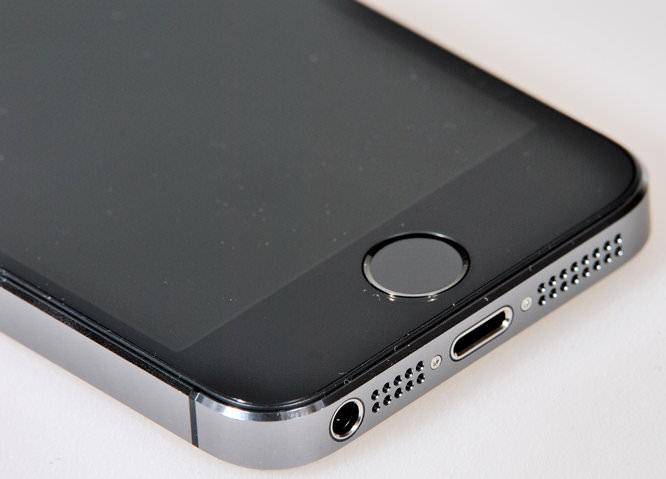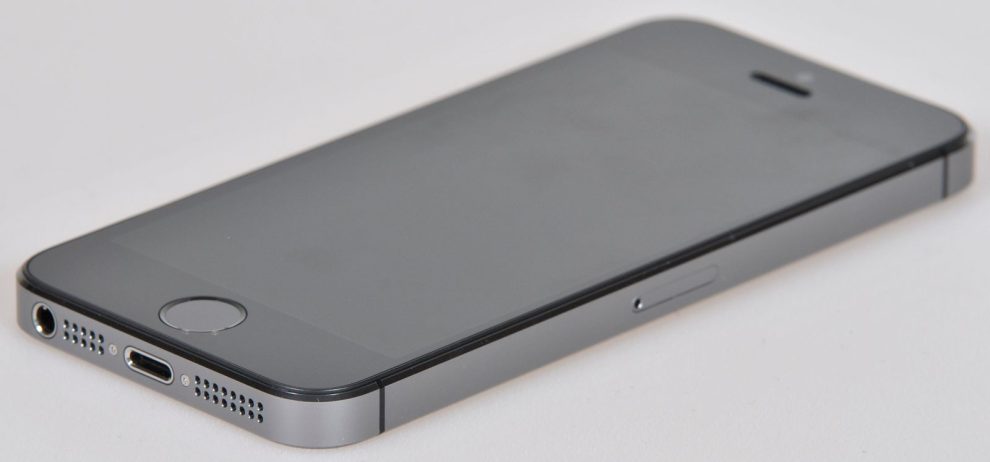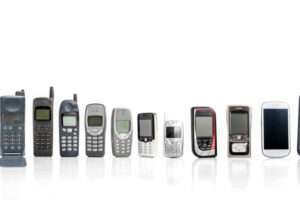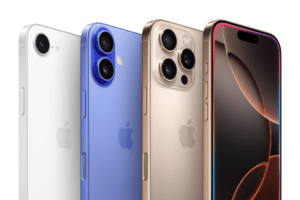Understanding Apple’s Obsolescence Policy
Apple’s decision to declare the iPhone 5s obsolete is in line with the company’s long-standing product support policy. According to this policy, Apple provides hardware and software support for iPhones for a minimum of five years after they are discontinued. After this period, devices are classified as either “vintage” or “obsolete,” depending on local laws and the availability of parts.
For iPhone 5s users, the “obsolete” designation carries significant consequences:
- No More Apple Repairs: Apple will no longer offer hardware repairs for the iPhone 5s, either at Apple Stores or through authorized service providers. Users with broken screens, failing batteries, or other hardware issues will need to seek out third-party repair options or consider upgrading to a newer model.
- Limited Third-Party Support: While some independent repair shops may continue to service the iPhone 5s, finding high-quality replacement parts will become increasingly challenging as supplies dwindle. Users should be cautious when seeking out third-party repairs, as the quality and reliability of these services can vary widely.
- No More Software Updates: Perhaps most critically, iPhone 5s users will no longer receive software updates from Apple. This means missing out on new features, performance improvements, and crucial security patches. Continuing to use an iPhone 5s with outdated software can expose users to a range of potential vulnerabilities and compatibility issues.
The iPhone 5s: A Pioneering Device
While its obsolescence may be disappointing for some users, it’s important to recognize the iPhone 5s’s pivotal role in shaping the smartphone landscape. When it launched in 2013, the iPhone 5s introduced a range of groundbreaking features that set a new standard for mobile devices:
- Touch ID: The iPhone 5s was the first iPhone to feature Touch ID, a fingerprint recognition system built into the home button. This technology provided a new level of security and convenience, allowing users to unlock their devices and make purchases with a simple touch.
- 64-bit A7 Processor: Under the hood, the iPhone 5s was powered by Apple’s A7 chip, the first 64-bit processor in a smartphone. This leap in processing power enabled more sophisticated apps, better graphics performance, and laid the foundation for the iPhone’s future computational capabilities.
- Improved Camera: The iPhone 5s also introduced significant camera upgrades, including a larger 8-megapixel sensor, improved low-light performance, and new features like slow-motion video and burst mode. These advancements helped cement the iPhone’s reputation as a leading mobile photography platform.
Beyond its technical specifications, the iPhone 5s also marked a significant design shift for Apple. With its precision-crafted aluminum body and sleek, minimalist aesthetic, the 5s set a new standard for smartphone design that continues to influence the industry today.

Navigating Obsolescence: Options for iPhone 5s Users
For the millions of users still holding onto an iPhone 5s, Apple’s obsolescence announcement presents a dilemma. While upgrading to a newer iPhone model is the most straightforward path forward, it can be an expensive proposition, particularly for those on tight budgets.
Here are a few potential options for iPhone 5s users:
- Embrace the Upgrade: For users who rely heavily on their iPhones and want access to the latest features and security updates, upgrading to a newer model is likely the best choice. Apple offers a range of iPhone models at different price points, from the budget-friendly iPhone SE to the high-end iPhone 12 Pro Max.
- Switch to Android: For users who are open to exploring other mobile platforms, switching to an Android device can be a cost-effective alternative. Many Android manufacturers offer high-quality smartphones at lower price points than comparable iPhones. However, making the switch does require an adjustment period and may involve leaving behind some iOS-exclusive apps and services.
- Hold Out as Long as Possible: For users who are content with their iPhone 5s’s current capabilities and are willing to accept the risks of using an unsupported device, simply continuing to use the phone until it fails is an option. However, this approach comes with significant drawbacks, including increased security risks, compatibility issues with newer apps and services, and the looming possibility of hardware failure.
The Right to Repair Debate
Apple’s decision to declare the iPhone 5s obsolete has reignited the debate around the “Right to Repair” movement. Advocates for Right to Repair argue that consumers should have the freedom to repair their own devices or have them serviced by independent repair shops, rather than being forced to rely on the manufacturer.
Critics of Apple’s approach to obsolescence argue that the company’s policies are designed to push users towards upgrading to newer, more expensive devices, rather than supporting the longevity of existing products. They point to Apple’s restrictions on parts availability and repair information as evidence of a broader strategy to limit consumer choice and stifle competition in the repair market.
In recent years, the Right to Repair movement has gained momentum, with several U.S. states considering legislation that would require electronics manufacturers to make repair information and parts more widely available. While Apple has taken steps to expand its independent repair provider program, the company remains opposed to more comprehensive Right to Repair laws.
The Bigger Picture: Sustainability and E-Waste
Beyond the immediate impact on iPhone 5s users, Apple’s obsolescence policies also have broader implications for sustainability and electronic waste. As devices like the iPhone 5s are deemed obsolete and users are pushed towards upgrading, millions of devices end up in landfills or are shipped to developing countries for informal recycling, contributing to a growing global e-waste problem.
According to the World Health Organization, the world generates over 50 million tons of e-waste each year, much of which is not properly recycled or disposed of. This e-waste can release harmful toxins into the environment and pose health risks to communities involved in informal recycling.
While Apple has made commitments to sustainable design and recycling, critics argue that the company could do more to support the longevity of its devices and reduce e-waste. This could include designing products with easier repairability, offering more affordable repair services, and supporting Right to Repair legislation.
Looking Ahead: The Future of iPhone Longevity
As the iPhone 5s joins the growing list of obsolete Apple devices, it’s natural to wonder about the future of iPhone longevity. Will newer models like the iPhone 12 and beyond have longer lifespans, or will they too be deemed obsolete after a few years of use?
While it’s impossible to predict the future with certainty, there are signs that Apple is taking steps to support longer iPhone lifespans. The company has introduced new features like optimized battery charging and performance management to help prolong battery life, and has expanded its independent repair provider program to make repairs more accessible.
Ultimately, however, the pace of technological change and the demand for new features and capabilities will likely continue to drive the smartphone upgrade cycle. As long as consumers are willing to pay for the latest and greatest devices, manufacturers like Apple will have an incentive to push the boundaries of innovation, even if it means leaving older models behind.
Conclusion: Remembering a Groundbreaking Device
As we bid farewell to the iPhone 5s, it’s worth taking a moment to appreciate the device’s groundbreaking legacy. From its sleek design to its pioneering Touch ID technology, the 5s set a new standard for smartphones and laid the foundation for the iPhone’s future success.
While its obsolescence may be disappointing for some users, it’s also a reminder of the relentless pace of technological progress. As newer, more advanced devices come to market, older models will inevitably be left behind, even if they once represented the cutting edge of innovation.
For iPhone 5s users, the path forward may not be clear-cut, but one thing is certain: the device they hold in their hands is a piece of smartphone history, a testament to the ingenuity and vision that have made the iPhone one of the most influential products of the 21st century.
















Add Comment